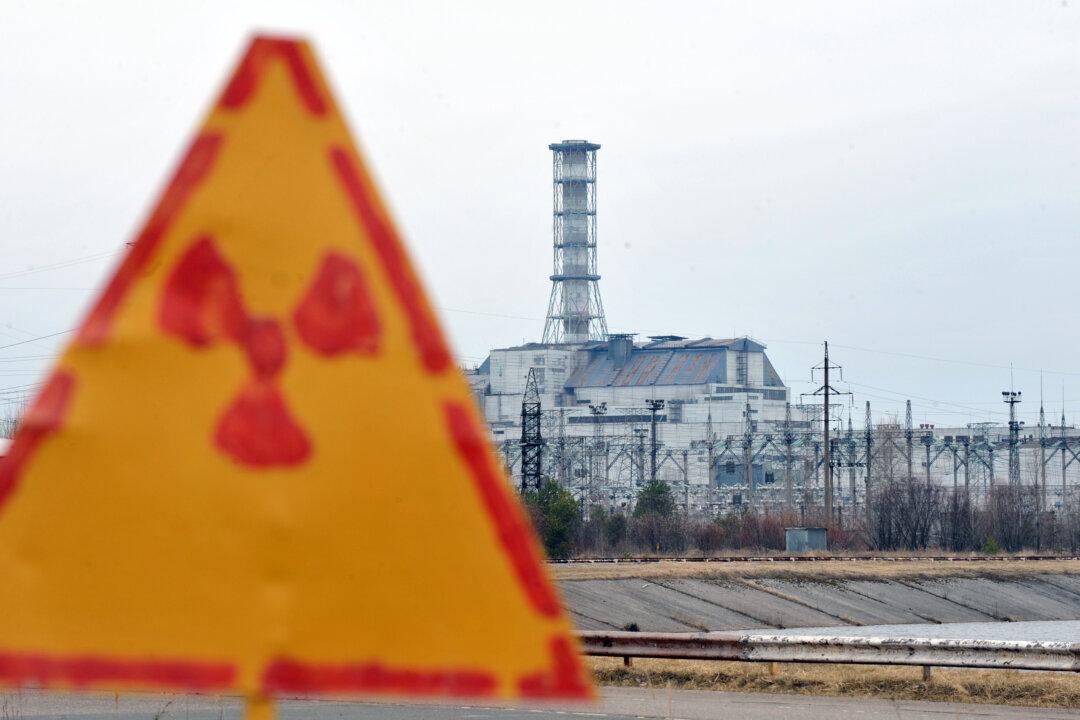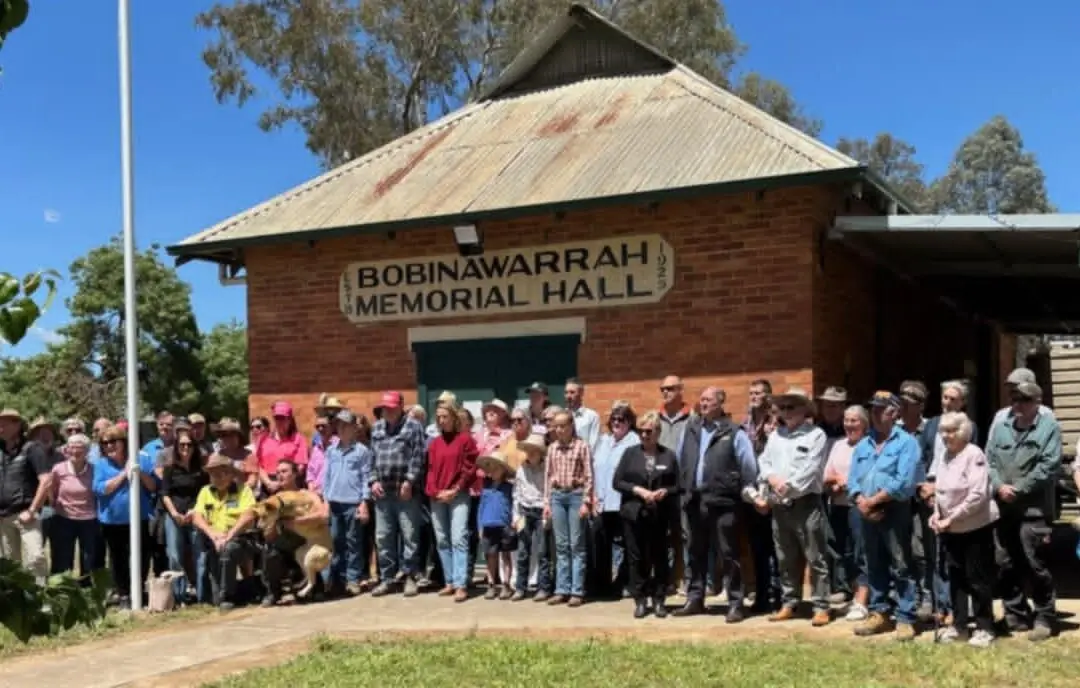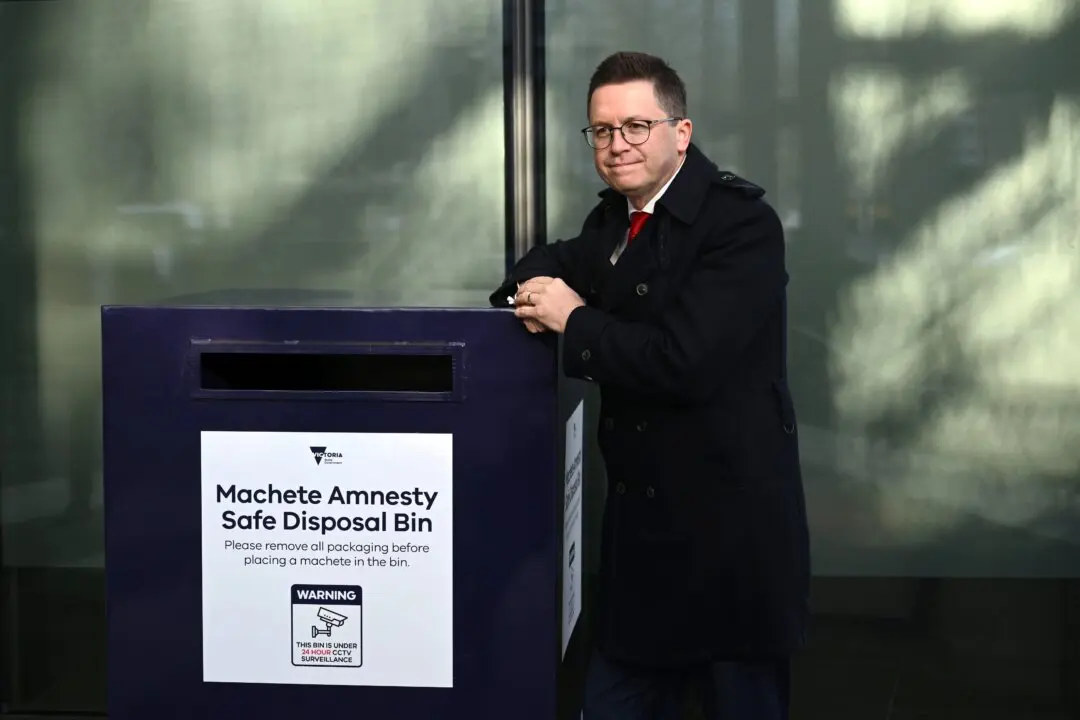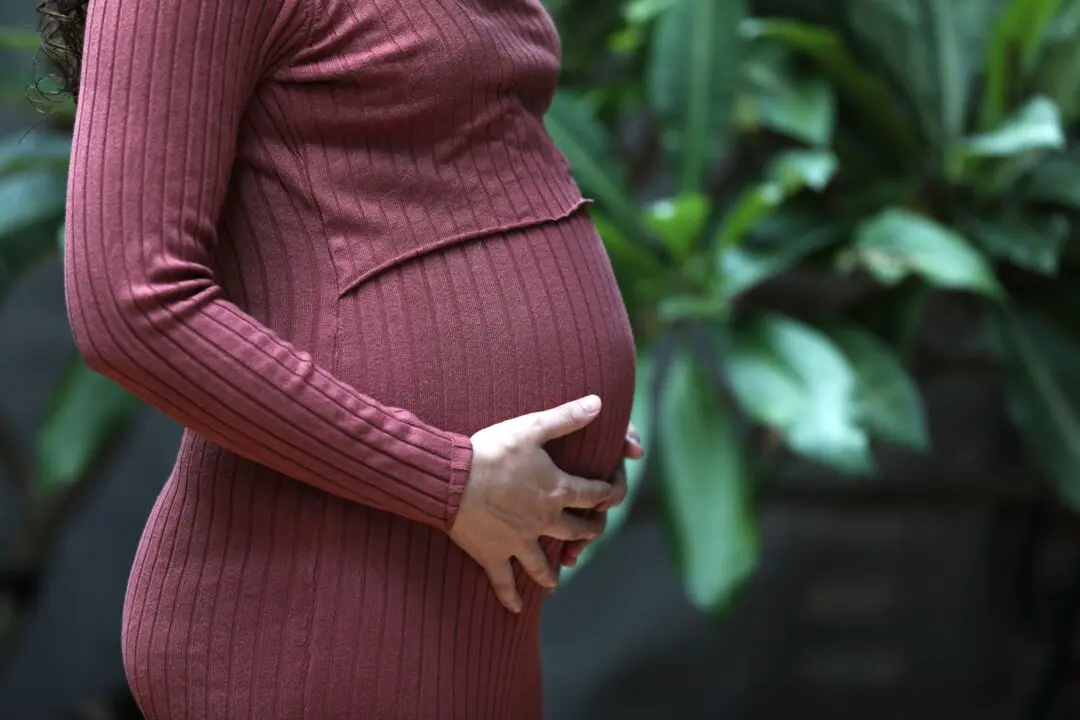One of the biggest concerns about nuclear energy has been a widespread fear that it poses significant health risks to the population at large, but Associate Professor Tony Hooker thinks otherwise.
Mr. Hooker is the Director of the Centre for Radiation Research, Education and Innovation at the University of Adelaide, and he believes radioactive energy is safer than wind and on par with solar.





